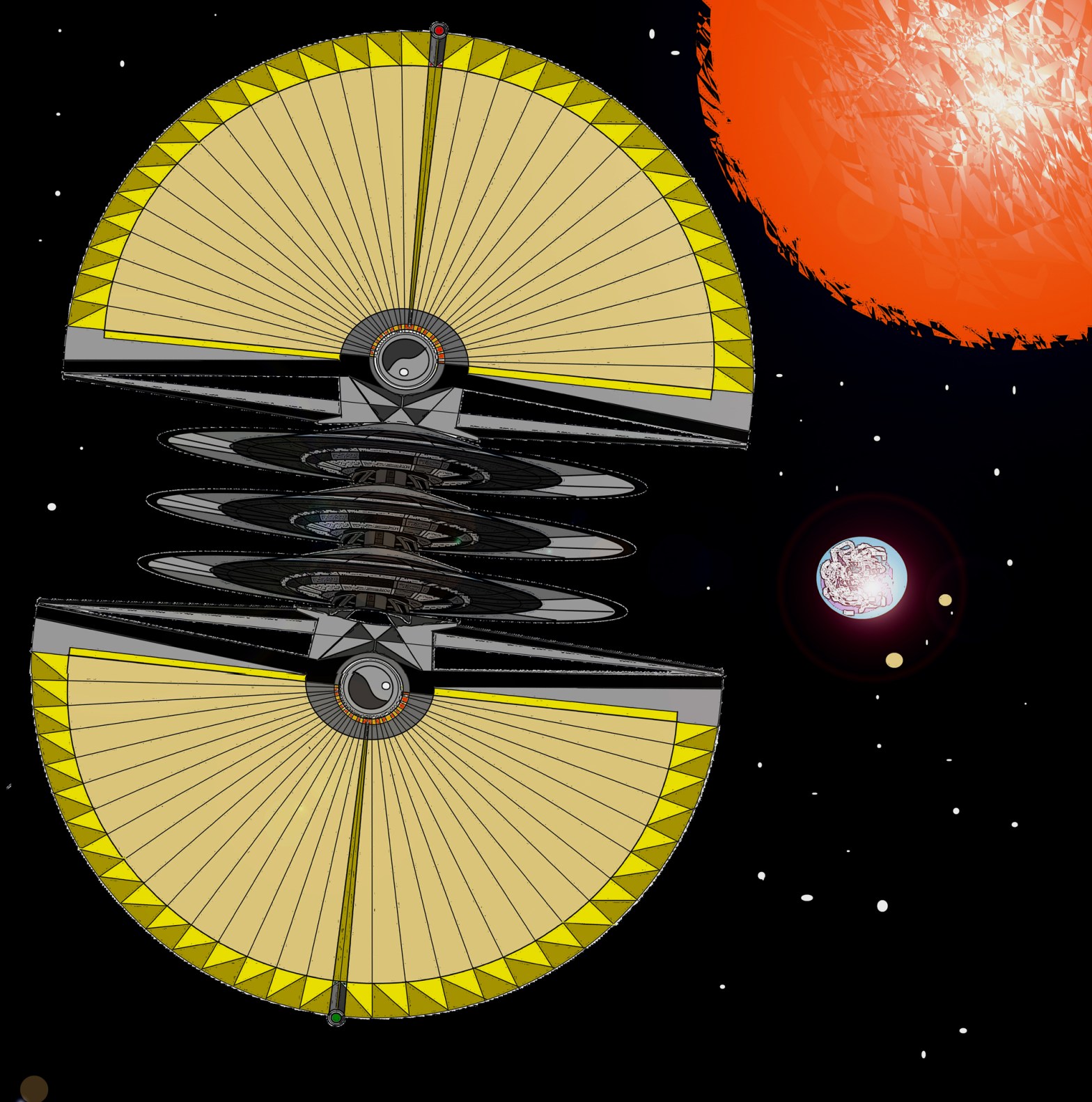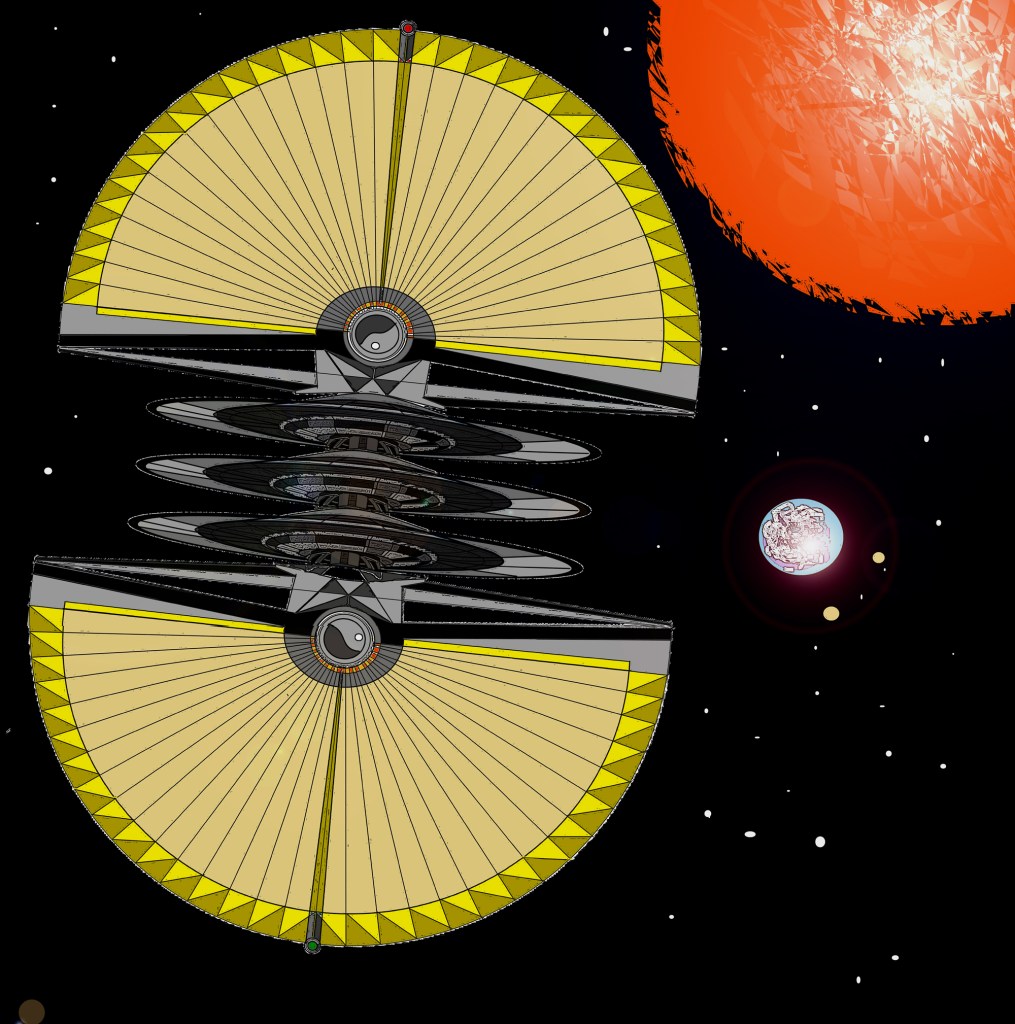While ever more planets are discovered every day beyond our solar system in so-called “Goldilocks Zones,” (meaning the position of the planet in its solar system makes conditions favorable for supporting life); they are billions or trillions of miles from earth – measured in light years. Since the distances make such travel beyond the life span, what would it take for humanity to reach a habitable planet even 10 or 12 light years away? The fiction in The Twins of Demeter is based in plausible research and technology development rather than shifting to the daydream technologies of warp speed and point-to-point location shifting through some form of particle beam. What are those technological advances and what must be done to achieve travel of our humanity for possibly hundreds of years in space?
The three starships in “Twins” use a method of propulsion being explored currently for extended space travel. “Solar push” is a phenomenon known to scientists even before the advent of rocketry. “Light sails” or “solar sails” are large surface area thin membranes that take advantage of this push and propel a spacecraft toward speeds – over time – unachievable using liquid or solid fuel rockets. As a starship orbits around a star (our sun, for example) it gains speed and finally the orbit carries the vessel out beyond the solar system toward distant worlds. There will be no warp speed, but the speeds achieved will be astounding. In this fiction, Andromeda, Aquarius and Cassiopeia are equipped with solar sails in the shape of huge fans. They split in the middle, collapse and can be retracted and housed inside the surface of the starship. In use, the sails can be turned or rotated if necessary to take advantage of the push from a star. The sails also use star light to charge onboard batteries.
Since no living human being would be alive when a Goldilocks Zone planet is reached, it will be necessary to create some form of stasis for either living humans or hold unborn children in an embryonic state until arrival. Even with such suspension of life, there would be necessary monitoring and maintenance of such a precious cargo. Artificial intelligence must progress to the point where such onboard systems can be maintained and sustained throughout the journey – and somehow assist in birthing at the appropriate time. The necessity of gravity as part of the sustenance of life forms aboard such a ship is essential. In “Twins,” a gravity disc suspended in liquid bearings turns, utilizing battery stored electric power, creating a gravity field for each of the 3 ships. Such a gravity disk has recently been proposed for a “space hotel” that will orbit the earth by the year 2025. The projection of that completion date seems optimistic, but the idea of a gravity disk is corroboration of the fictional disks aboard the starships in “Twins.”
Other technologies are essential for sustained space flight requiring 100 years or more. The ships must have the capacity for continuous self maintenance and repair. Again, artificial intelligence monitoring every particle of the ship and its cargo down to the atom will be necessary. In space, the miniscule amount of space dust over hundreds of miles, when encountered at ultra high speeds, can become a dust storm, ripping away the surface of any vessel. Replication technology, in its infancy today but a reality nonetheless, must advance to the level where the surface of a vessel is constantly monitored – and replaced automatically.
These are a few of the considerations that must be given to a journey beyond our solar system using technologies that are already feasible and some yet to be developed. In “Twins” there is a progression of technologies beginning with the initial launch from earth in 2222 as extensions of ideas currently being explored. By the end of the book, there are technological capabilities being utilized well beyond current extension of the plausible into realms of the purely fantastic.


